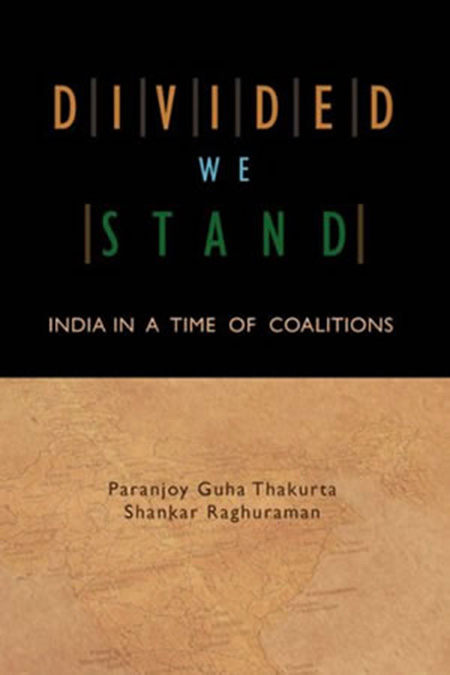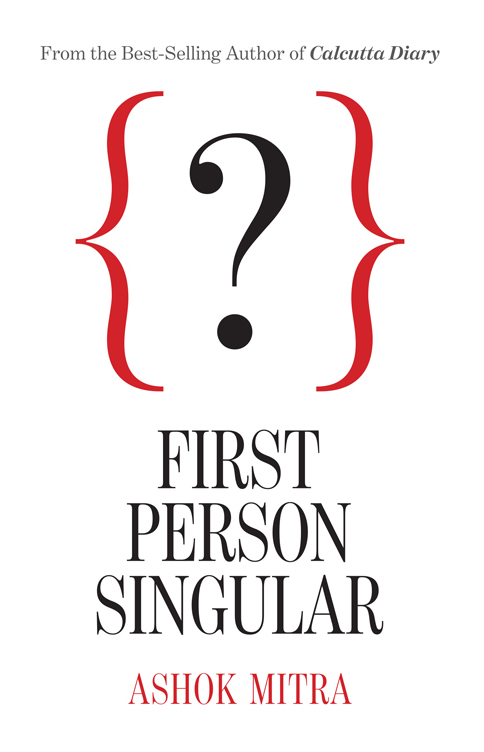Inflation is one economic phenomenon that directly affects every citizen. Not surprisingly, politicians dread inflation, for it inevitably translates into popular resentment. Over the decades, the prices of sugar and onion have become symbols of voter anger against several incumbent regimes. So, when on June 22, 2007, Union finance minister P. Chidambaram—already under attack from his party colleagues, political opponents and Communist comrades for failing to rein in prices of essential products—commented on the annual rate of inflation, he was considerably circumspect.
While taking pride in saying that inflation, as measured by the official wholesale price index (WPI), had fallen to a 14-month low of 4.28 per cent, he said "monetary tightening measures seem to have had an impact". But he added gingerly, "I think it is too early to reach any conclusion. I have to watch what happens in the next 4-5 weeks". He didn't have to; he got the flak the next day itself.
The following day, the Communist Party of India issued a statement asking the UPA government not to get carried away by the decline in inflation and said the FM's talk was "not at all convincing". It pointed out that the prices of a host of food items had "not fallen". The Left party's statement cited a study by the Associated Chambers of Commerce and Industry of India (Assocham) that had found that the prices of wheat, pulses, spices, edible oil, meat, milk products, vegetables and fruits had gone up by more than 25 per cent between January and May.
So, what's the truth? Has inflation dipped, or are the Left parties correct? More importantly, how can inflation fall when prices of fruits, vegetables, pulses and cereals continue to rise? Here's an Outlook primer to explain the reasons for the differences in theoretical calculations and practical realities.
Inflation is a complex phenomenon that is usually a consequence of a variety of factors. The inflation rate measures only the rate of change in price levels, from one point in time with another, say, a year ago. WPI is a week-to-week comparison, or the rate of increase in a specific week this year compared to the corresponding one in the previous year. When this rate of change comes down, it does not mean prices are declining—it merely signifies that the prices are going up at a slower rate.
Another reason for the dichotomy between the official inflation rate and the prices paid on a daily basis is the composition of the WPI. The wholesale index was first compiled 65 years ago, and was then an average of the prices of 23 commodities that were assigned equal weights. It currently includes prices of 435 items—98 'primary' articles, 318 'manufactured' products and 19 in the 'fuel, power, light and lubricants' category—that are differentially weighted.
But in the past few decades, the weightage of primary articles (including food items) has come down from over 40 per cent to just over 20 per cent. This means the rise in prices of food products has a much lesser impact on the overall index or the inflation rate now. Therefore, the inflation rate can theoretically come down even if the prices of food items have gone up by a higher rate.
Many economists believe the WPI is not the right index to measure inflation. "When one looks at the point-to-point annualised rate of inflation as measured by the WPI, the decline is more than that indicated by consumer price indices," says C.P. Chandrashekhar, professor of economics at Jawaharlal Nehru University. He says despite changes made in the manner in which the WPI is compiled, "it is hardly the best indicator of the impact of inflation on the consumer".
"Nowhere in the world are wholesale prices used to indicate inflation except in India. What, for instance, is the wholesale price of petrol? And does it matter?" asks Ila Patnaik, senior fellow at the National Institute of Public Finance and Policy. The problem is that you, as a consumer, don't even know the wholesale price of wheat or onions. All you are aware of are the retail prices, the ones you pay to the shopkeeper.
A recent paper by V. Shunmugam and D.G. Prasad (both working for the Multi Commodity Exchange) highlighted the WPI's other inadequacies as an official barometer of inflation, in that it does not capture the rapidly changing consumption patterns and the ongoing retail revolution in India. A particularly glaring lacuna is the omission of services (which constitutes 55 per cent of GDP)—such as health, transport, communications and education—in the WPI.
Only the consumer price index (CPI) includes a few services, and that too weighted minimally. Thus, in most countries, it is the CPI that is the key index as it captures the entire spectrum of consumption. In Germany, the CPI reflects changes in consumption patterns of food preserved in tins and glass containers versus deep-frozen foods, while in Spain, even 'nose jobs' and 'tummy tucks' are part of the CPI.
However, there are four CPIs in India—for industrial workers, agricultural labourers, rural labourers and urban non-manual employees (which is more relevant for the middle class, and is also used as an indexation for wage-increases for government employees and those in the organised sector)—and the first three are released by the Union ministry of labour after a gap of two months. In comparison, the WPI is released by the Central Statistical Organisation after every two weeks. "We should be moving towards a system where the CPIs are released as quickly as the WPI," remarks Patnaik.
To understand the government's reactions to inflation, one has to understand the dynamics of the phenomenon. The factors contributing to inflation can be broadly classified into two: demand-pull and cost-push. Accordingly, the steps taken to contain it are also clubbed into two categories. Demand-side measures include curbs on money supply so that too much money does not chase too few goods. Supply-side steps include augmenting the supply of goods to mute price hikes and expectations of inflation.
In February, as the increase in the WPI threatened to cross the 7 per cent mark, the government got into a tizzy. Prices of petrol and diesel were cut; the central bank sucked out money by increasing the cash reserve ratio of banks (or the proportion of cash they would have to statutorily keep with themselves and not loan out) and hiking interest rate (which too reduces money supply); exports of products like milk powder were banned to augment domestic supply; and import duties on others reduced. To curb speculation, forward trading in certain pulses besides wheat and rice was banned.
Clearly, electoral defeats in a few states forced the government to act fast. At the end of the day, the proverbial aam admi remains more concerned about prices of dal-roti-sabzi than the expected double-digit growth of the GDP or the rise of the Sensex. This explains why our Harvard-educated FM was so cautious on June 22. The general elections are less than two years away, and more state elections are round the corner.


